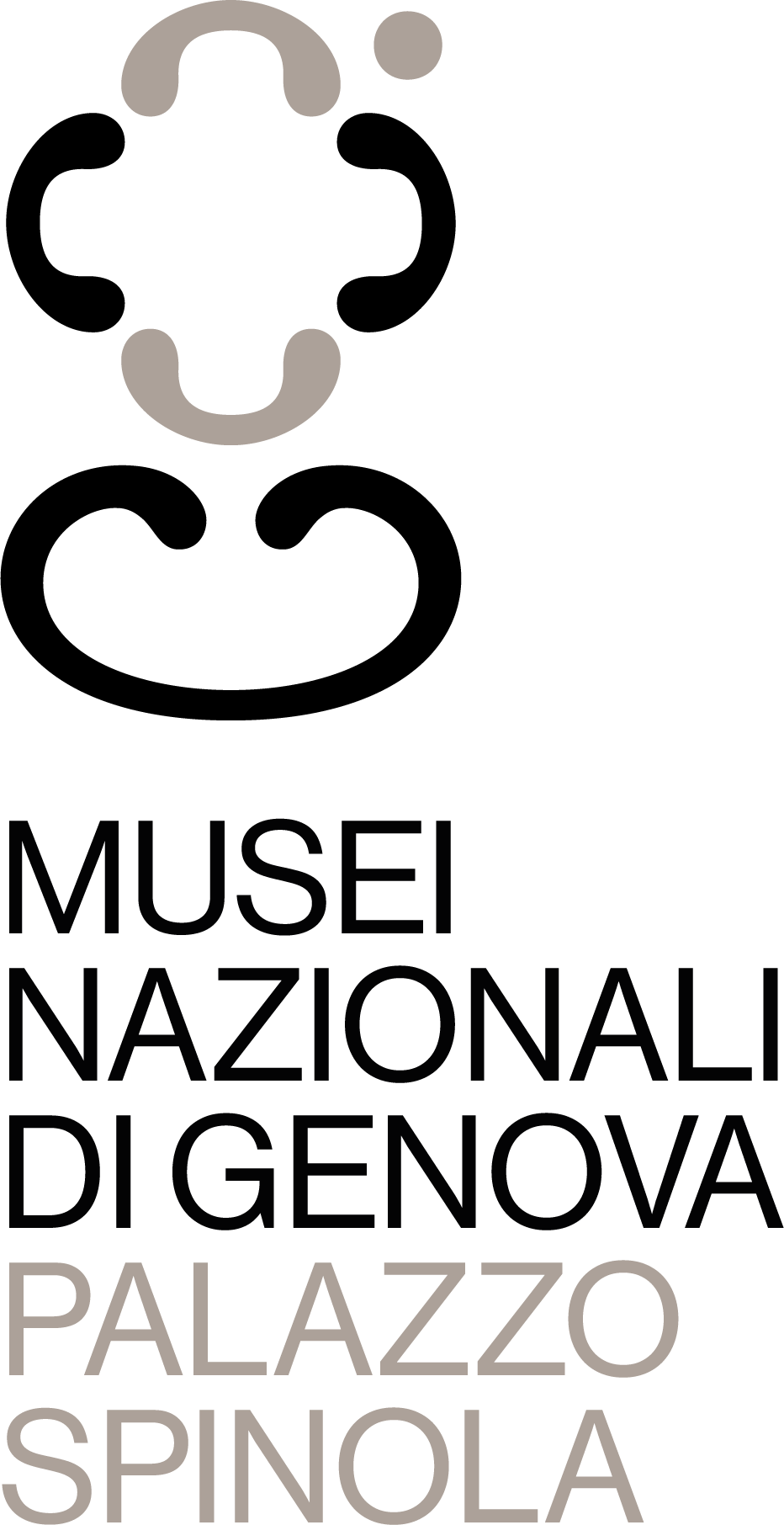National Galleries of Palazzo Spinola
UNESCO World heritage
An aristocratic palazzo in the heart of the city’s historic centre which was included in the Rolli System at the end of the 16th century. This is Palazzo Spinola, visitors will discover its luxurious 16th and 18th-century rooms, embellished with frescoes and oriental furnishings, fabrics and porcelain: a succession of spaces in which are exhibited one of the most important historical picture collections in the city, the scope of which allows you to immerse yourself in that refined and precious atmosphere that characterised the taste of the nobility of the Superba.
The visit is varied by the unusual possibility of discovering some characteristic spaces, such as the 19th-century kitchens or the famous Gallery of Mirrors.
The two “piani nobili” preserves the extraordinary artistic heritage which has been built over the generations thanks to the careful artistic patronage of its owners. Thus we have a precious example of an aristocratic house in which, on the first floor, the seventeenth-century aspects linked to the Grimaldi and Pallavicinos predominates, while the second is characterised by the eighteenth-century renovation associated with Maddalena Doria Spinola.
The last two floors of the building house the National Gallery of Liguria’s collection of paintings, sculptures, ceramics, furnishings that, already rich, have been gradually increased thanks to donations or purchases by the Italian State.
For more information, please refer to the website of Palazzo Spinola https://palazzospinola.cultura.gov.it/
Top Ten
Frescoes, stuccos, paintings, sculptures and precious furnishings accompany the discovery of one of the best preserved and most emblematic “house” museums in the city.
The works collected by the families who owned the palazzo and which, remarkaby, are still preserved in the building for which they were originally intended - such as the Portrait of Ansaldo Pallavicino by Van Dyck or the large canvases in the hall on the second piano nobili by Giovanni Benedetto Castiglione and Luca Giordano, are further enriched by those that of recent acquisitions by the Italian State: from Antonello da Messina's Ecce Homo to Rubens's Portrait of Gio. Carlo Doria.







Follow us on Facebook
Follow us on Tripadvisor
Follow us on Instagram
Follow us on Twitter